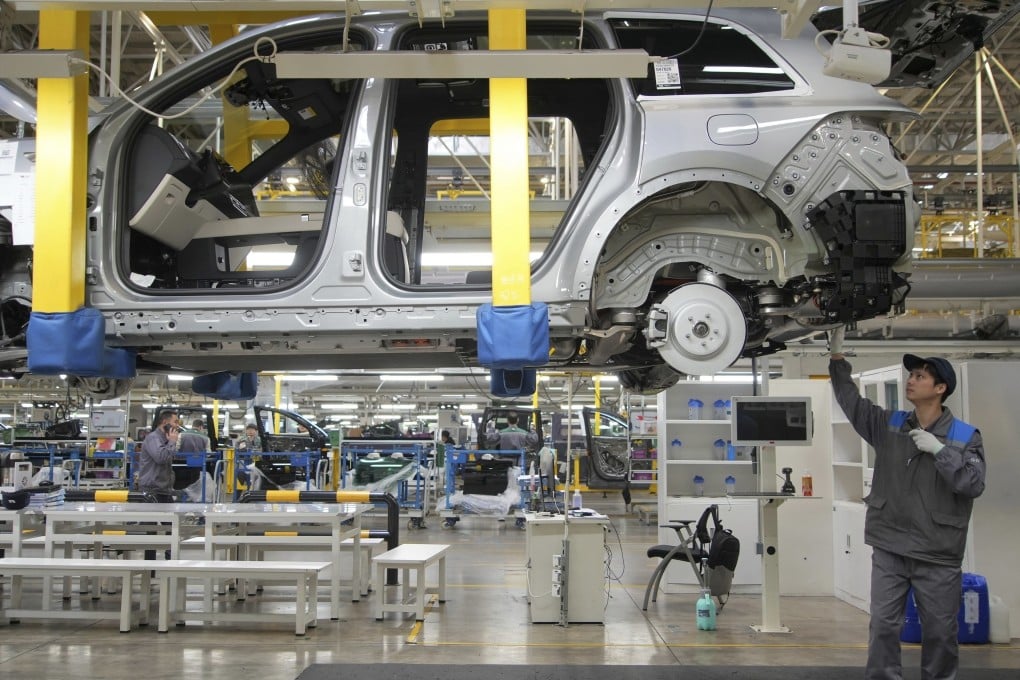Upcoming US-China climate talks will test if cooperation can coexist with new tariffs
- The discussions, which will take place in California, will concentrate on industrial decarbonisation, carbon markets and clean energy deployment
- The talks are the first since US President Joe Biden announced substantial tariffs on Chinese electric vehicles, solar panels and lithium-ion batteries

Can talks and tariffs go hand in hand? The question looms ahead of the latest round of discussions on climate cooperation between officials representing geopolitical rivals, who also happen to be the world’s two largest greenhouse gas emitters.
Next week, provincial and local-level leaders from China and the US will meet at the US-China High-Level Event on Subnational Climate Action in Berkeley, California.
The event, on Wednesday and Thursday, will be hosted by UC Berkeley’s California-China Climate Institute, which was established in 2019 to promote climate action through collaborative research, training and dialogue between California and China.
Confirmed attendees include senior Hong Kong officials like Paul Chan Mo-po, the financial secretary, and Wong Chuen-fai, the city’s climate change commissioner. Senior officials and experts from Guangdong province as well as representatives from Los Angeles, Berkeley, San Francisco and other cities are also expected to participate.
It follows a visit to China in October by California Governor Gavin Newsom, who signed five climate-cooperation agreements with authorities in Guangdong and Jiangsu provinces and with their counterparts in Beijing and Shanghai.
The talks, slated to concentrate on industrial decarbonisation, carbon markets and clean energy deployment – topics pinpointed during Newsom’s visit – will be the first since US President Joe Biden announced substantial tariffs on Chinese electric vehicles, solar panels and lithium-ion batteries.
